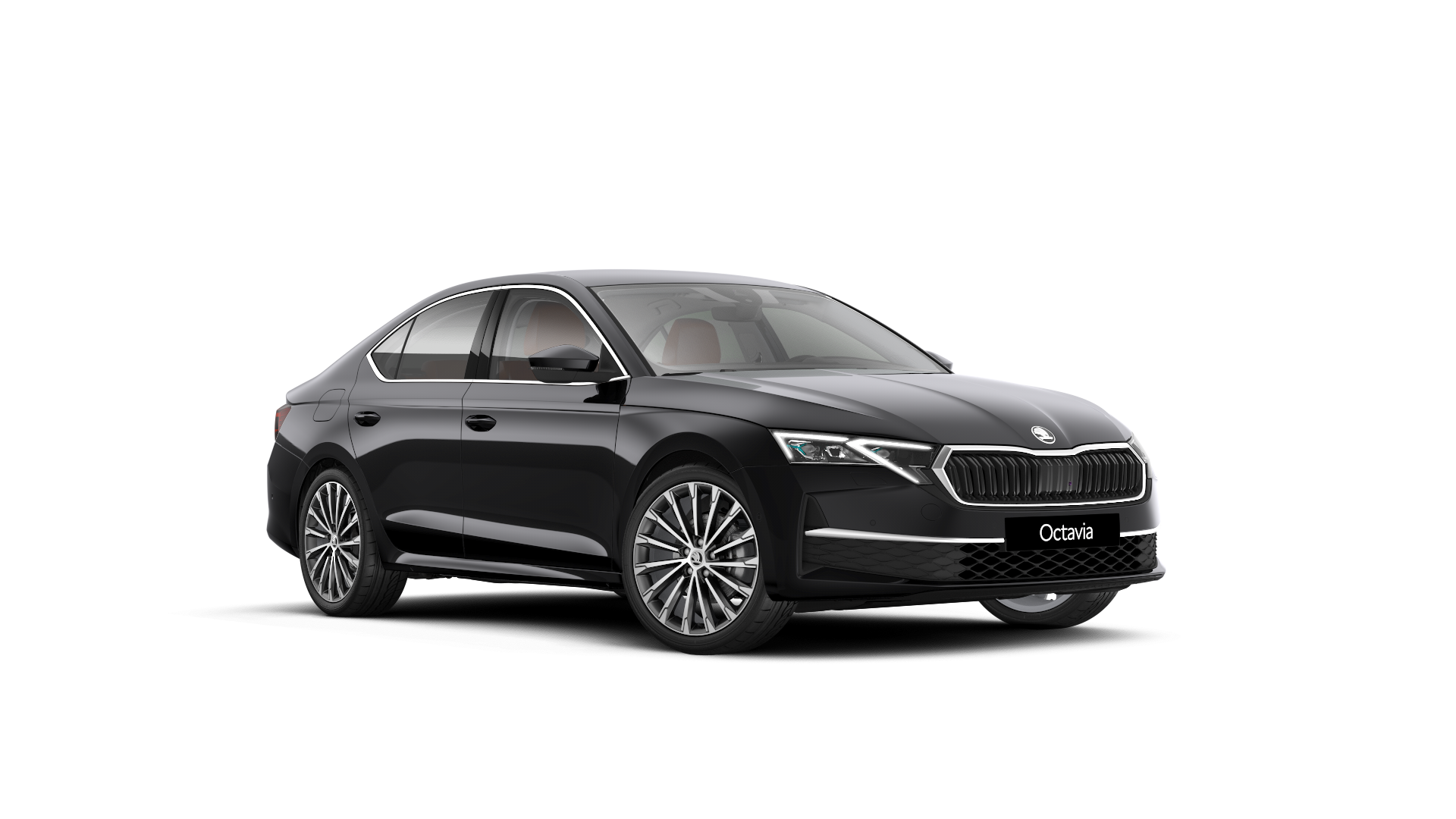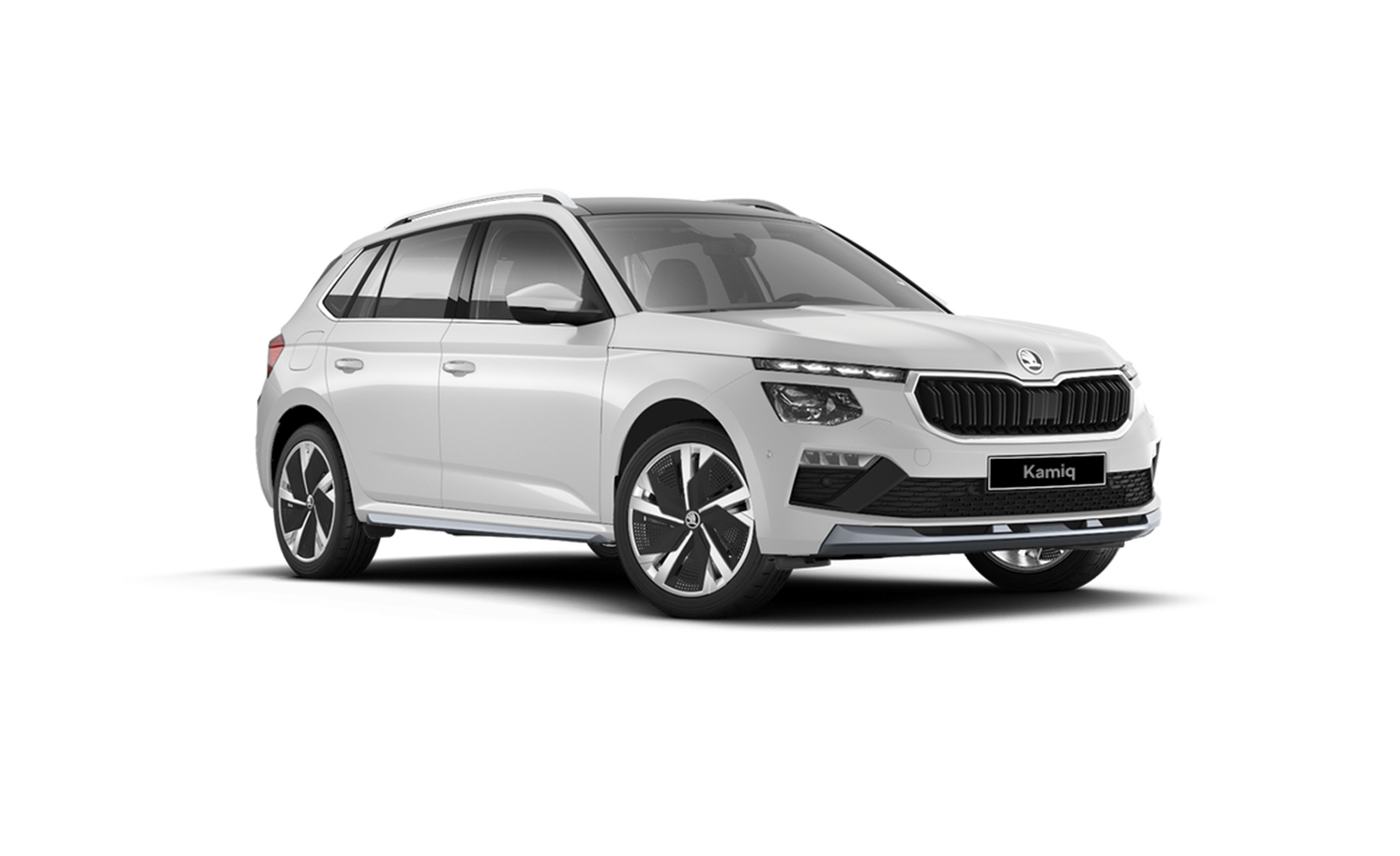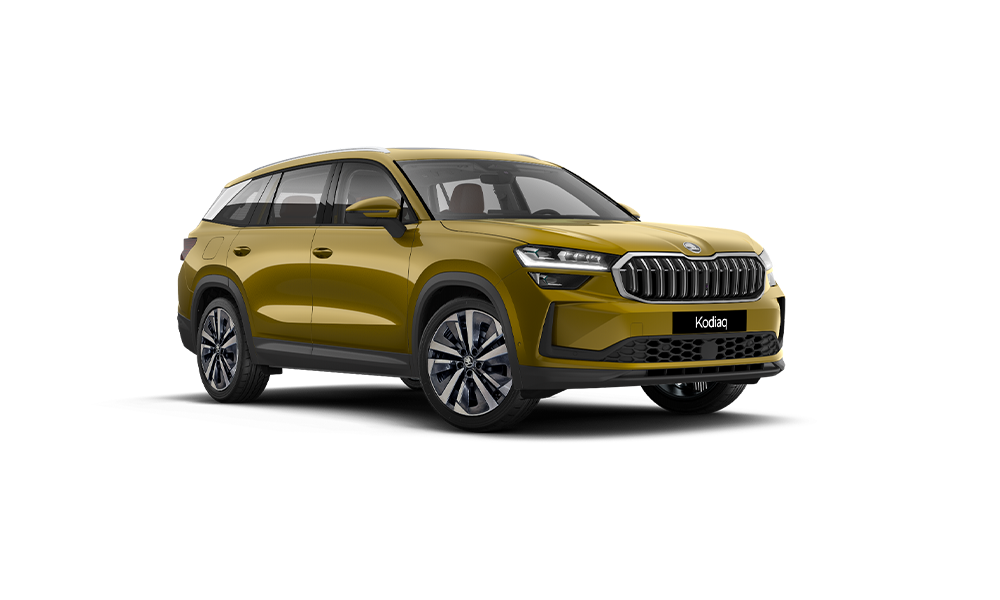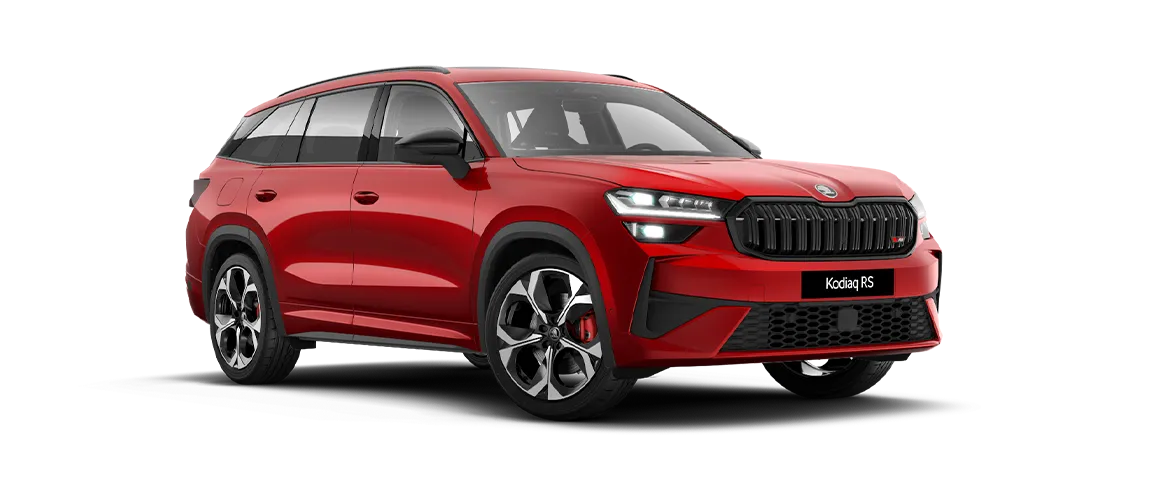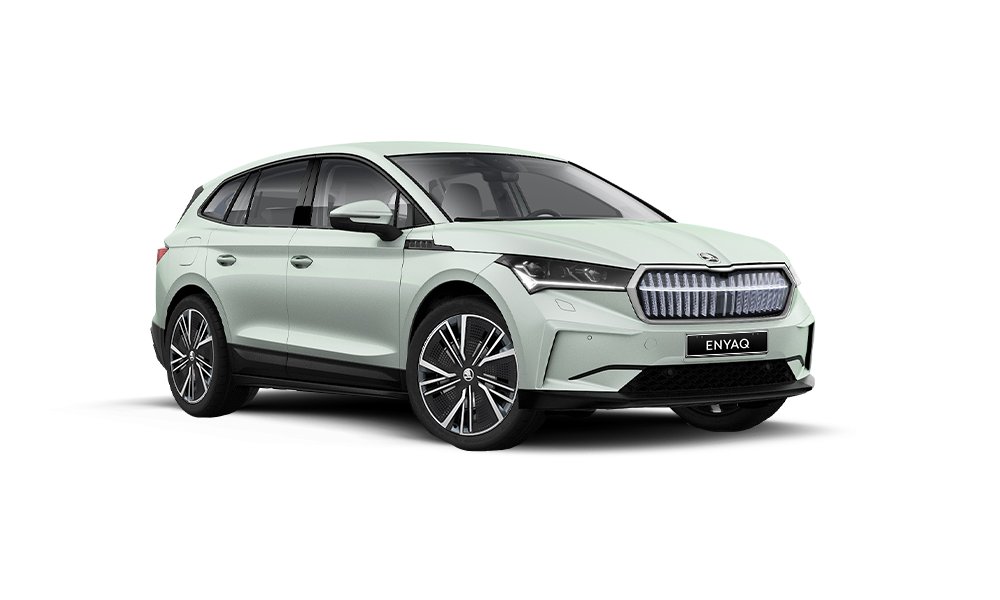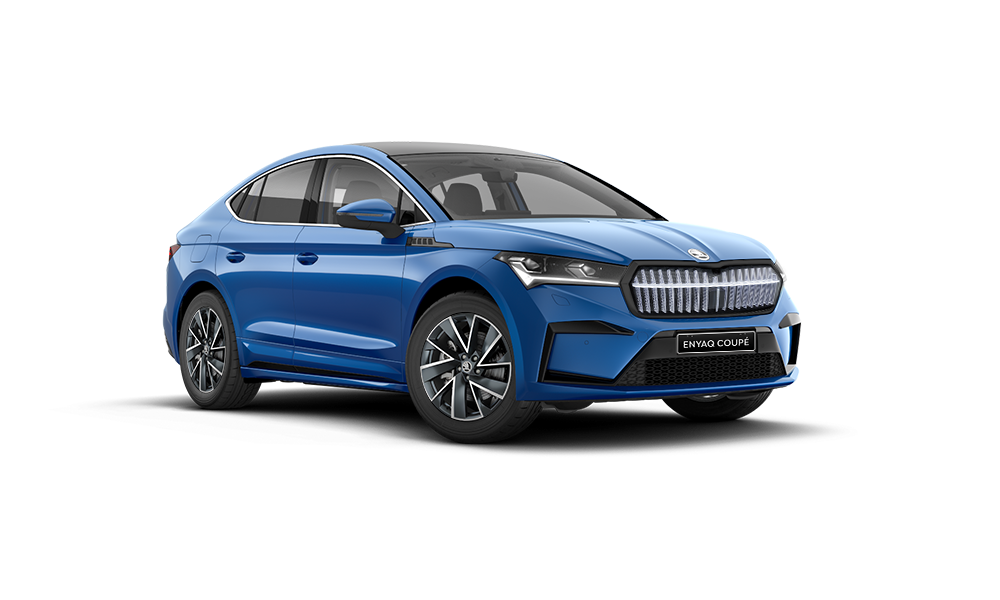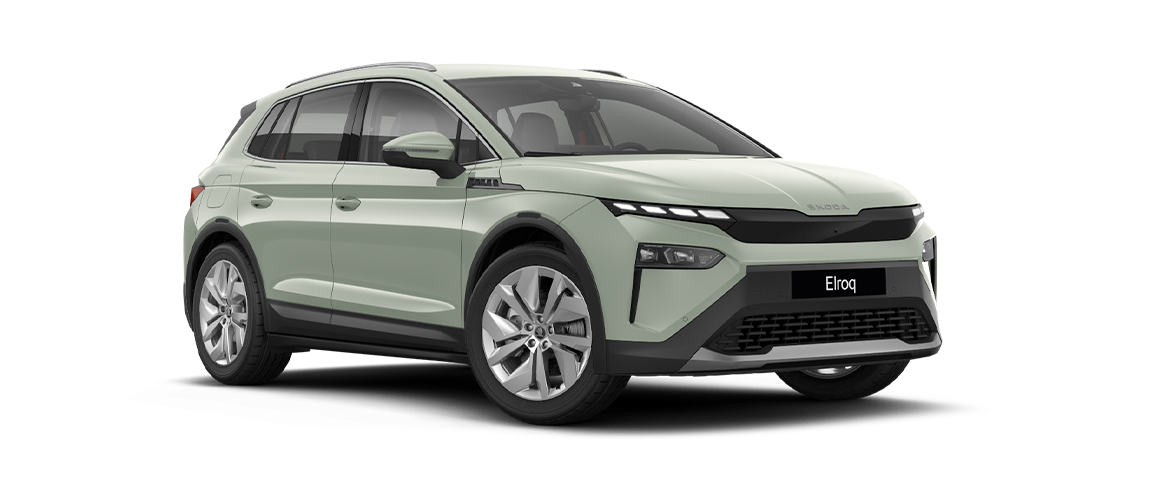Three golden rules for more range
It is relatively easy to keep your high-voltage battery well maintained. If you adhere to the three golden rules then you have already done the most important thing to maintain a high range for the vehicle.


Additional information:
Did you know that there are two batteries running in the electric vehicle? Aside from the main HV battery pack, there is a 12-volt battery supplying power to various auxiliary systems in the EV, such as lights, infotainment system, heating and cooling systems, power windows and others.
All the terms, conditions, exclusions and limitations of the new vehicle warranty apply to Electric Vehicles save for the provisions set out in this section which apply exclusively to Electric Vehicle Batteries. Where there is any conflict between this section and the rest of the warranty, the provisions of this section on Electric Vehicle Batteries will take precedence.
Your vehicle may contain one of several types of batteries. The warranties that apply to those batteries are explained below. All warranties commence on the date of handover to the first customer or the date of first registration (whichever comes first).
Electric Battery Vehicles
All the terms, conditions, exclusions, and limitations of the new vehicle warranty apply to Electric Vehicles save for the provisions set out in this section which apply exclusively to Electric Vehicle Batteries. Where there is any conflict between this section and the rest of the warranty, the provisions of this section on Electric Vehicle Batteries will take precedence.
Your vehicle may contain one of several types of batteries. The warranties that apply to those batteries are explained below. All warranties commence on the date of handover to the first customer or the date of first registration (whichever comes first).
Warranty against Manufacturing Defects
The batteries for Battery electric vehicles (BEV) are warranted against all defects in materials and workmanship for eight years or up to 160,000 km, whichever comes first.
Extended High Voltage Battery Warranty by VGS
From October 2025 VGS grants additional 2 years extended warranty for the batteries for Battery electric vehicles (BEV).
· Passenger Cars
For BEV Passenger Cars the batteries are warranted against all defects in materials and workmanship up to ten years or up to 200,000 km whichever comes first for passenger cars
· Commercial Cars
For BEV Commercial Cars the batteries are warranted against all defects in materials and workmanship up to ten years or up to 250,000 km, whichever comes first for commercial cars
*Participation in the Extended Warranty Program are stated in the Vehicle Sales Agreement or may be verified by VGS Aftersales.
Warranty against Net Battery Energy Content Degradation
A gradual reduction in battery energy content over time is a normal feature of high voltage battery and does not constitute a warrantable defect. However, high-voltage batteries in BEVs are warranted against excessive loss of net battery energy content as detailed below.
For BEVs, the battery energy content degradation warranty lasts for 8 years or up to 160,000 km, whichever comes first (warranty period). Where the battery energy content of the high voltage battery is measured by a manufacturer authorised repairer and is found to be less than 70% during the warranty period, then it will be repaired or replaced under warranty subject to the following:
a. Net battery energy content
The repair will bring the performance of the high-voltage battery back to the following state, depending on the mileage / age of the vehicle at the time of diagnosis:
During Manufacturer Warranty
- Up to a maximum of 60,000 km or three (3) years after first registration (whichever comes first), the energy content of the high-voltage battery will be repaired so that it measures a minimum of 78% of the starting value.
- Up to a maximum of 100,000 km or five (5) years after first registration (whichever comes first), the energy content of the high-voltage battery will be repaired so that it measures 74% of the starting value.
- Up to a maximum of 160,000 km or eight (8) years after first registration (whichever comes first), the energy content of the high-voltage battery will be repaired so that it measures 70% of the starting value.
Example: If the net-battery energy content on a vehicle -four years after delivery with a mileage of 90,000 km- is 69% of the initial value, a remaining net-battery energy content of at least 74% must be reached after rectification of the fault.
During Extended Warranty by VGS
· Passenger Cars
Up to a maximum of 200,000 km or ten (10) years after first registration (whichever comes first), the energy content of the high-voltage battery will be repaired so that it measures 70% of the starting value for passenger cars
· Commercial Vehicles
Up to a maximum of 250,000 km or ten (10) years after first registration (whichever comes first), the energy content of the high-voltage battery will be repaired so that it measures 70% of the starting value for commercial cars
NOTE: To qualify for the extended warranty, it is mandatory to perform a free of charge State of Health (SOH) reading during manufacturer warranty period at year 7 or 120,000 km whichever occurs first and onwards up to 160,000 km. Failure to do, VGS reserves the right to void the high voltage battery warranty claims.
b. Warranty exclusions and restrictions for high-voltage batteries
The warranty for the high-voltage batteries expires if the malfunction or the excessive loss in battery energy content have been caused by factors outside the Manufacturer’s control including, but not limited to:
- the tampering, removal or re(installation) of the high-voltage battery by unauthorised parties; or
- not following the instructions applying to the operation, treatment, and care of the vehicle (particularly the care instruction of the charging and state of charge of the high-voltage battery) described in the owner’s manual supplied with the vehicle; or
- the high-voltage battery coming into direct contact with open fire; or
- the high-voltage battery coming into contact with excessive amounts of water including thorough cleaning with high pressure cleaners or liquids being applied directly to the high-voltage battery; or
- the vehicle has previously inappropriately been repaired, improperly serviced, or improperly taken care of by the owner of the vehicle or a third party, unless the measure was done by a manufacturer authorized partner; or
- parts have been added or installed in the vehicle that the manufacturer or its representatives have not authorized for utilization, or the vehicle has been modified in a manner that has not been authorized by the manufacturer or its representatives (e.g., tuning); or
- the vehicle has been improperly handled or overstrained (e.g., in motor-racing events or overloading); or
- the vehicle has been damaged by external incidents (e.g., traffic accident, hail, floods); or
- a defect has not been reported immediately upon discovery; or
- despite being requested to do so, the opportunity to repair a defect was not immediately given by the owner.
- Battery defect or failure or accelerated State Of Health (SOH) degradation will not be covered under the battery extended warranty if they are consequential damages (e.g. and not limited to be caused by malfunctioning/ sub-optimal/leaking cooling system).
The manufacturer and its authorised repairers reserve the right, in their sole discretion, to choose whether to repair or replace a high-voltage battery. Any part which is replaced becomes the property of the manufacturer. Any replaced high-voltage batteries are covered for the unexpired period of the battery warranty.
Natural wear and tear, thus usual signs of wear and tear of vehicle / high-voltage battery that are not caused by defects in material or workmanship as well as consequential damages that can be traced back to natural wear and tear, are not included in this warranty.
In addition, all the provisions of the new vehicle warranty apply accordingly to the high-voltage battery. If reference is made to a vehicle defect, the regulations are to be understood in such way that they apply not only to a malfunction of the high-voltage battery, but also to an excessive loss of the net-battery energy content within the scope above explained (b).
The warranty for high-voltage batteries is generally void if the vehicle is registered or operated permanently in a market for which the manufacturer has not approved it and in which it is therefore not available through the sales organization authorized by the manufacturer (e.g. Parallel Imported Car).

